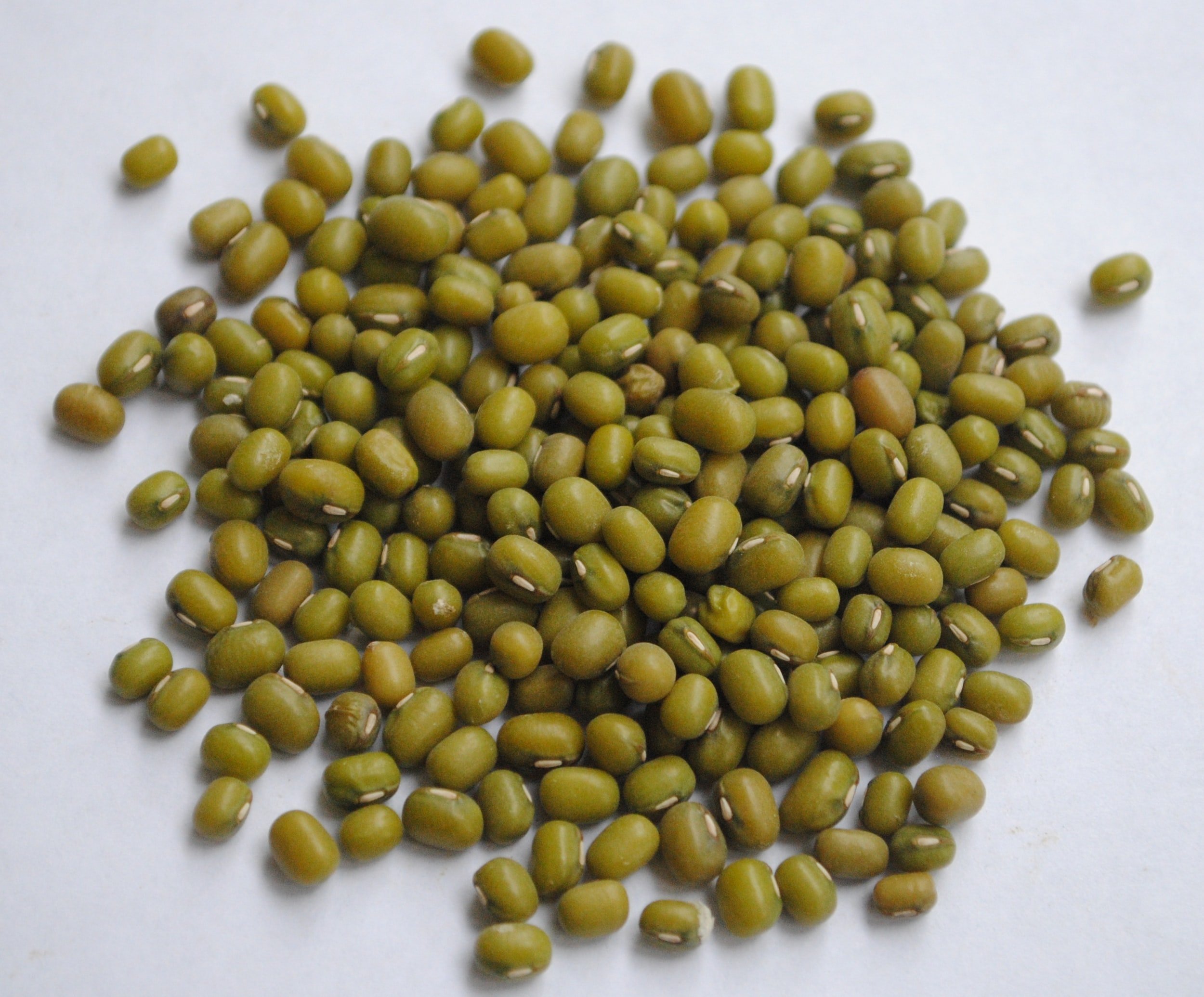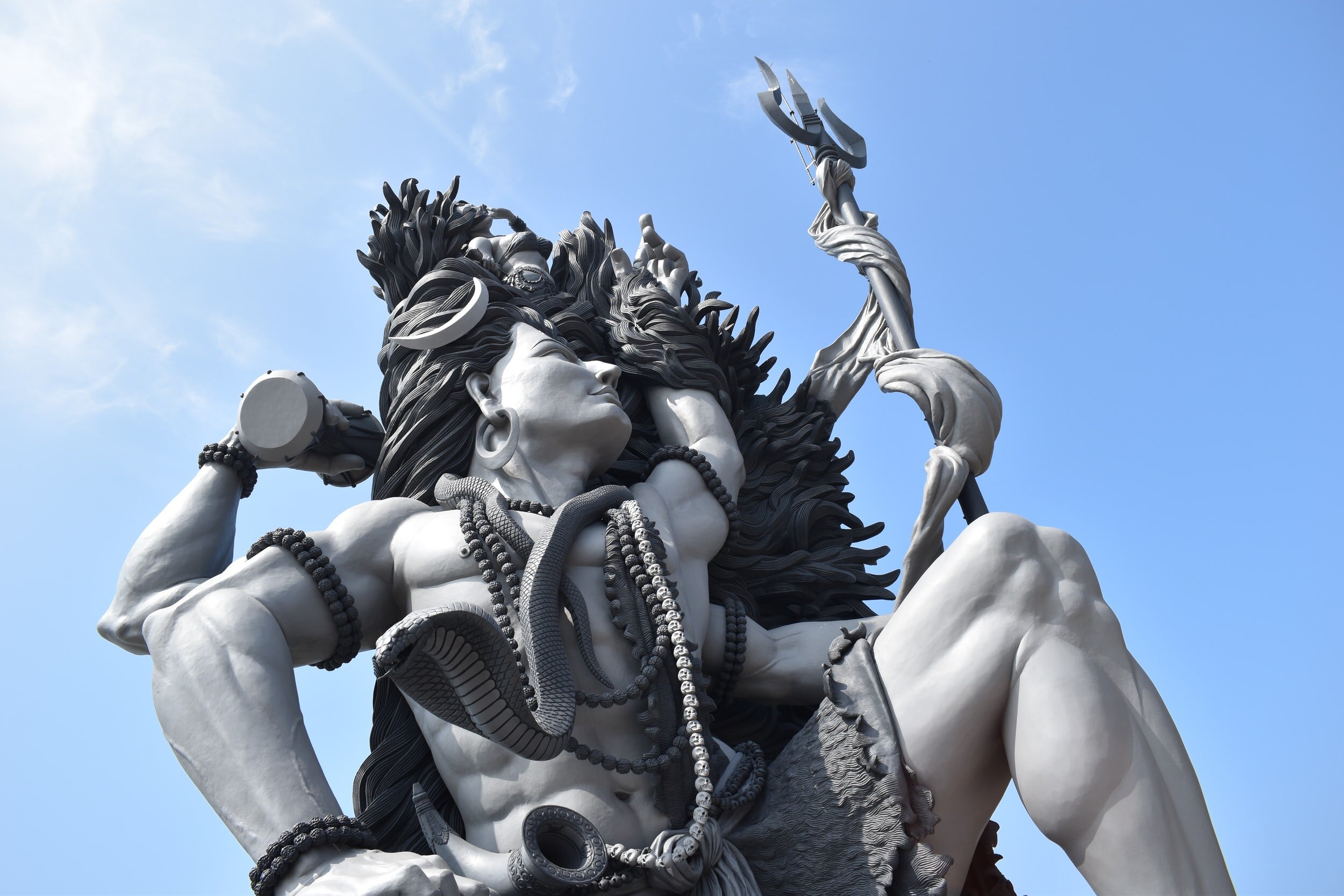Blog

Why you should start oil pulling?
It is a well known concept that Ayurveda gives importance to the maintenance of health by prevention of ailments and it also helps in curing various ailments using different herbal supplements and various treatment methodologies. There is a separate branch of Ayurveda which deals with the maintenance of health called as ‘Svastha Vritha’ i.e. the Preventive Medicine. So in order to manage a steady state of health Ayurveda has advised ‘DInacharya’ or a daily routine which is to be followed by a healthy person. Though it has a lot of steps involved, this blog is going to discuss ‘Gandusha’ or Oil Pulling.

Natural approach to dark circles
In Ayurvedic perspective dark circles are due to aggravated Vata dosha. As age advances there will be a predominance of Vata in the body. In old age there is depletion of the subcutaneous fat tissues and thinning of the skin under the eyes that causes darkening of the skin of that area. Intake of food that are dry, and use of processed foods can aggravate Vata in the body. Excessive salt intake is often mentioned as the cause for fluid retention under the eyes result in puffy eyes and formation of dark circles.

Ayurvedic aspect of digestive diseases
The term ‘gut health’ has gained a lot of popularity in today’s health industry. The importance of gut health is not just proper digestion and assimilation but Ayurveda provides extensive insights on that. The gut microbiome does help to generate a healthy ecosystem by breaking down the food we eat and absorbing the nutrients from it.

Navadhanya Ayurveda Bowl
Navadhanyas are the nine grain varieties popularly known for their health benefits. The Navadanya includes Bengal Gram, Wheat, Horse Gram, Green Gram, Rice, White beans, Black Sesame seeds, Chick Peas or garbanzo beans, and Black Gram. These nine grains provide essential nutrients to the human body. These grains are versatile and can be used in variety of dishes like soups, salads, appetizers, main course etc. Bengal gram which is popularly called as Chana dal in Indian cuisine is yellow in color and it can retain its shape even when fully cooked. It has a nutty flavor which add to the deliciousness and rich flavor. Wheat, popularly called as Godhuma in Ayurveda is Vata and Pitta pacifying and helps in improving body strength and nourishment. Horse gram, called as Kulattha which is predominant of Kashaya Rasa (astringent taste) is Kapha Vata Pacifying. Green gram or Mung beans is easier to digest and can be eaten daily. All these grains are great sources of plant-based protein. If we closely analyze each of these grains is a powerhouse of nutrients. The consumption of these nutrients combined together keep us healthy and free from lifestyle disorders.

Mung Beans - Health Benefits
Green gram or Mung beans are called as Mudga in Ayurveda. Mudga is a Sanskrit word which means happiness. It’s one of the food items Ayurveda advises you to eat on a daily basis.

Creamy Vegetable Soup
Winter is typically a Vata season. During this period you should be eating more nuts, soups, stews and big protein diet. Here we are sharing a recipe which is super nutritious. It helps in balancing all your doshas and is an ideal winter recipe.Under ground veggies are more beneficial in winter seasons since they are heavy and dense and pacifies Vata. Here the choice of vegetables is up to you.

Yoghurt and Ayurveda
Yoghurt pacifies Vata dosha. It generally aggravates pitta and kapha. Fresh homemade yoghurt pacifies Pitts. Yoghurt is the only fermented food recognized by Ayurveda as sattvic . Ayurveda recommends daily usage of freshly prepared yoghurt and it should be consumed the same day itself.

Perfumes for Pitta Dosha
Pleasant smells are known to lift mood swings, reduce anxiety and stress, improves memory and cognition.
For Pitta persons, soothing, sweet and hydrating scents are ideal.

Pumpkin Kheer -Fall Dessert
Pumpkin is a rich source of Betacarotene and Consuming foods rich in beta-carotene may reduce the risk of developing certain types of cancer, offer protection against asthma and heart disease and delay aging and body degeneration. Pumpkins are also a rich source of fibers.

What is Dry Shampoo?
As an Ayurveda practitioner I would like to say classical Ayurveda describes hair washing as a dinacharya or daily routine. But the fact that water in ancient days was purer and easily available should also be taken in to consideration. Nowadays, the high chlorine or bleach content in water can give rise to various hair problems including dry scalp and itching. So, skipping your hair wash once or twice a week is always fine.

How to make Dry Shampoo at Home
This homemade dry shampoo not only cleanses your hair of all the dirt but also leaves it smooth, shiny, and silky. It can be used for all hair types.

Diwali - Festival of lights
Diwali or Deepavali signifies the triumph of good over evil. It is called as the festival of lights and is one of the most celebrated holiday seasons in India. To represent the victory of light over darkness, clay lamps are lighted and fire crackers are burned.

Apple Cider Vinegar Home Remedies
Apple cider vinegar (ACV) is an ancient vinegar formulation prepared with the process of fermentation of apple juice or crushed apples. It is generally sour in taste and pale or amber in color. Apple cider vinegar (ACV) has been used for centuries as a health boosting tonic.

How to Best enhance your Mudra Practice with affirmation and meditation
Practicing Mudras while doing meditation quiet the background chatter of your mind thereby increasing the concentration and mindfulness. They can act as the bridge between your inner spiritual experience and your outer interactions with the world.

How Mudras help for channeling the energy?
A regular yoga mudra practice may help you channel the internal energy and, thus, balance the Chakras and awaken the Five Elements in your body.

What are Mudras – Etymology and History
Mudra is a Sanskrit word. It is derived from root words Mud + Dhra meaning that which dissolves duality
and brings the deity and devotee together.
The Hatha Yoga Pradīpikā is a classic fifteenth-century Sanskrit manual on hatha yoga, written by
Svātmārāma is among the most influential surviving texts on hatha yoga. As per this textbook there is
not much differences between Bandhas and Mudras.

Importance of chanting Mantras in Ayurveda
Mantras are vedic in origin. Ayurveda is considered as the upaveda or auxiliary knowledge of Atharva Veda. In Ayurveda, apart from herbal remedies for diseases, a Daivavyapashrayya treatment (magico-religious practices) is one of the important management measures. Mantra recitation is the part of it which is cited to enhance the healing. It is equally applicable in preventive and therapeutic aspects.

Ideal Times for Eating according to Ayurveda
A key part of Ahara niyama or Dietary rules in Ayurveda is the selection of proper / healthy eating timings. This influences the capacity to digestion and assimilation. In fact, choosing the correct time to eat each meal has a similar influence as choosing what to eat, on our health.

Corn Recipes
Corn not only provides the necessary calories for healthy, daily metabolism, but is also a rich source of Vitamin A, vitamin B, vitamin E and many minerals. Its high fiber content ensures that it plays a significant role in the prevention of digestive ailments like constipation and hemorrhoids as well as colorectal cancer. The antioxidants present in corn also act as anti-carcinogenic agents and prevent Alzheimer disease.

Benefits of Corn
Corn or maize is one of the most popular cereals in the world and forms the staple food in many countries, including the United States and many African countries. In Ayurveda corn has certain properties which make it beneficial for certain body types.

